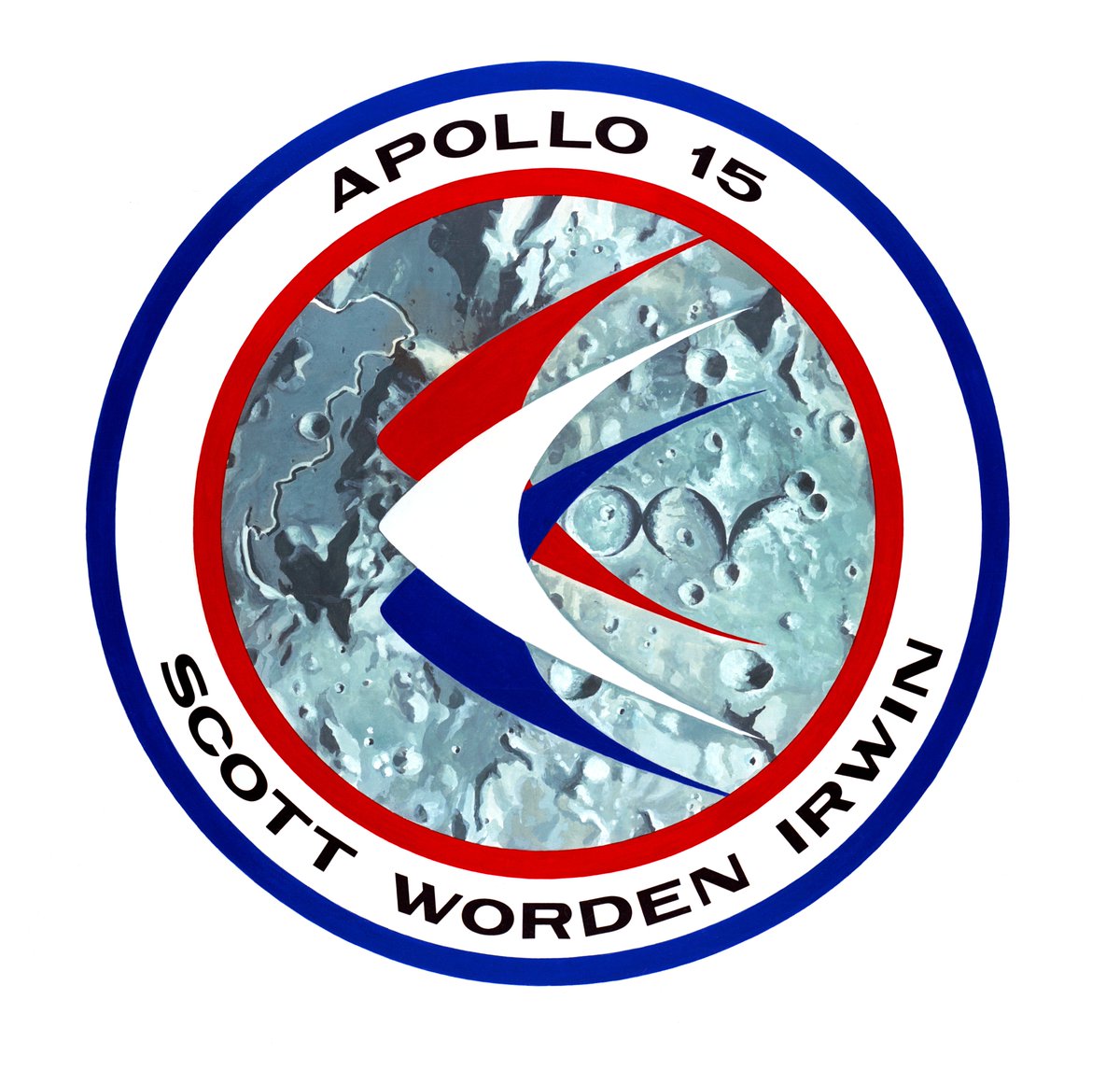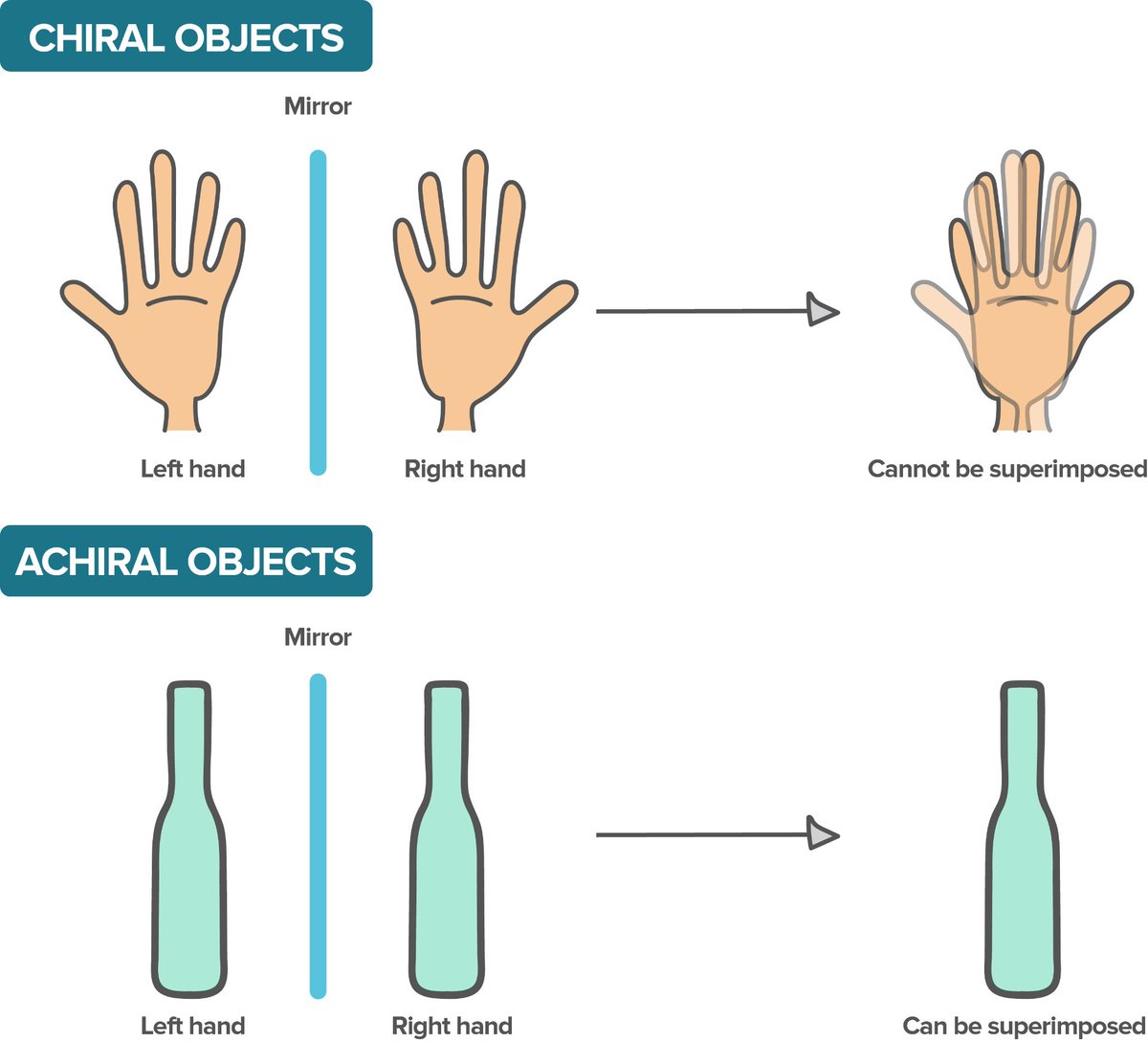Today we celebrate ‘One small step for Man, One giant leap for Mankind’ - the Apollo 11 Moon Landing. This day in 1969 Neil Armstrong & Buzz Aldrin made history as they stepped down onto the Lunar Surface. 🌕 

Also, on this day last year Soyuz MS-13 launched to the @Space_Station with Expedition 60 crew members @astro_luca, @AstroDrewMorgan and Alexander Skvortskov on board! 

At the time of this launch I was in a few hours out of Cologne, as it was during my internship with the European Space Agency.
I managed to get this photo of the @Space_Station and #Soyuz passing overhead that evening! 🛰
I managed to get this photo of the @Space_Station and #Soyuz passing overhead that evening! 🛰
https://twitter.com/ollie_turrell/status/1152697335643873282?s=21https://t.co/OoXhY4O33Y
We are now under two hours away from the launch of the @SpaceX Falcon 9 with ANASIS-II Satellite from Cape Canaveral!
Check out this awesome photo from last night of it with Comet NEOWISE...
Check out this awesome photo from last night of it with Comet NEOWISE...
https://twitter.com/spacex/status/1285264295417110528?s=21https://t.co/feN2MrjUBi
Launch is now set for 5:30 p.m. EDT (21:30 UCT) 🚀
And touchdown - X marks the spot!
And they got both of the fairing (nosecone) halves back as well, dry and in one piece each!
Congratulations to the @SpaceX on an amazing launch!
Congratulations to the @SpaceX on an amazing launch!
https://twitter.com/elonmusk/status/1285338582849208320?s=21https://t.co/U46kjiYmzG
Anyways, a new satellite is in space, another rocket it back on a droneship and it’s time for bed. I hope everyone has a great rest of their evening/night, especially if your going #NEOWISE hunting!
Goodnight!
Goodnight!
• • •
Missing some Tweet in this thread? You can try to
force a refresh














